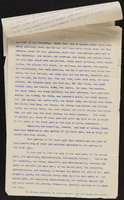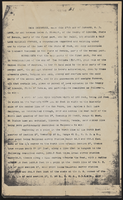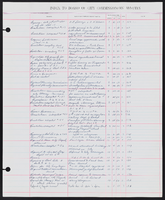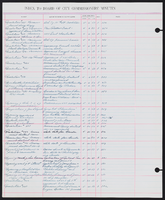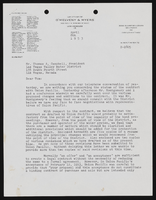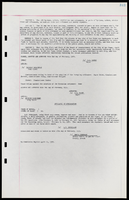Search the Special Collections and Archives Portal
Search Results
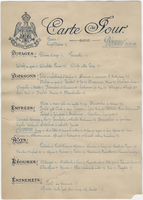
Savoy Hotel, lunch menu, October 29, 1898
Date
1898-10-29
Archival Collection
Description
Note: Handwritten menu Restaurant: Savoy Hotel & Restaurant Location: London, England
Text
Pagination
Refine my results
Content Type
Creator or Contributor
Subject
Archival Collection
Digital Project
Resource Type
Year
Material Type
Place
Language
Records Classification


